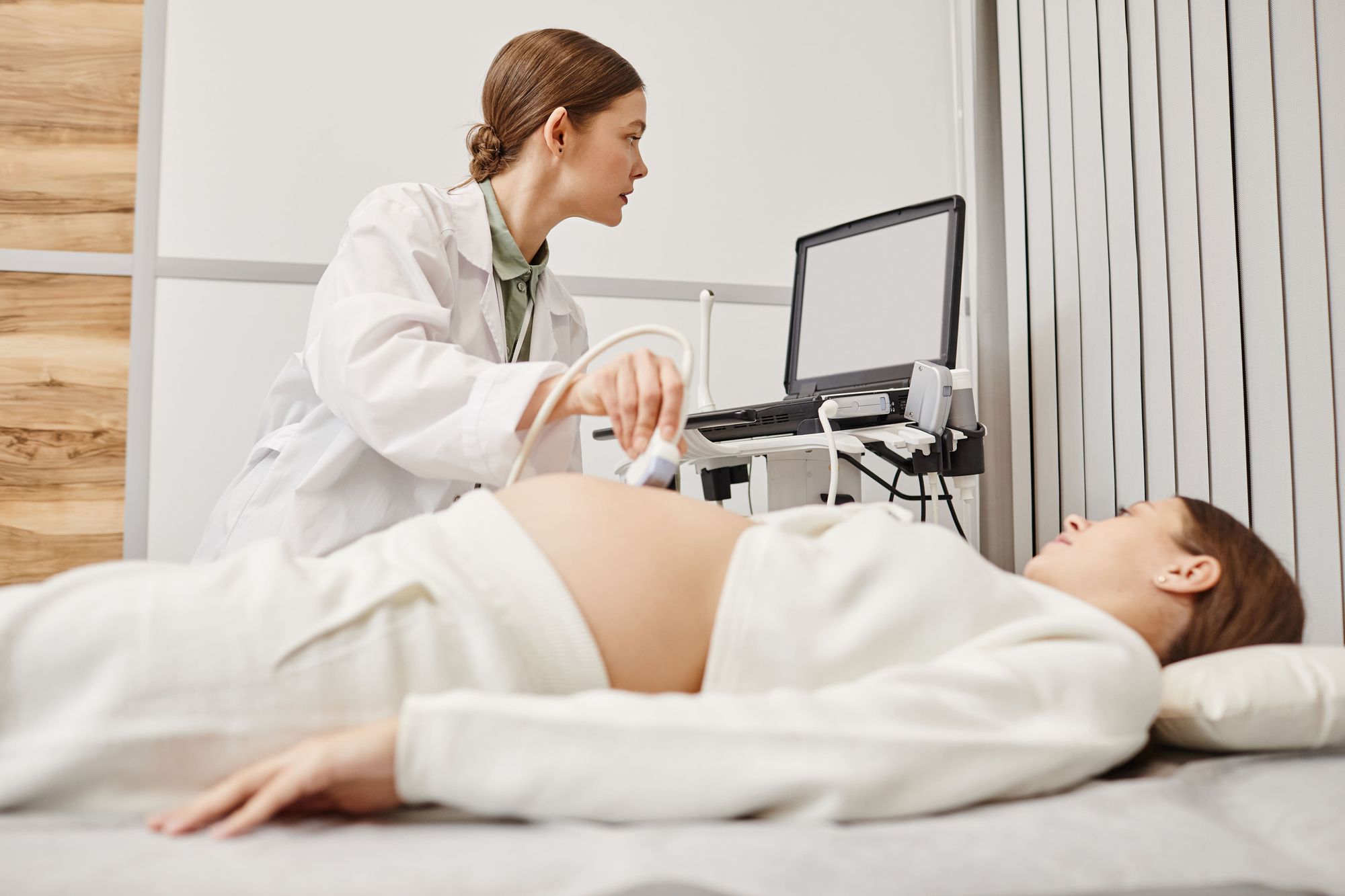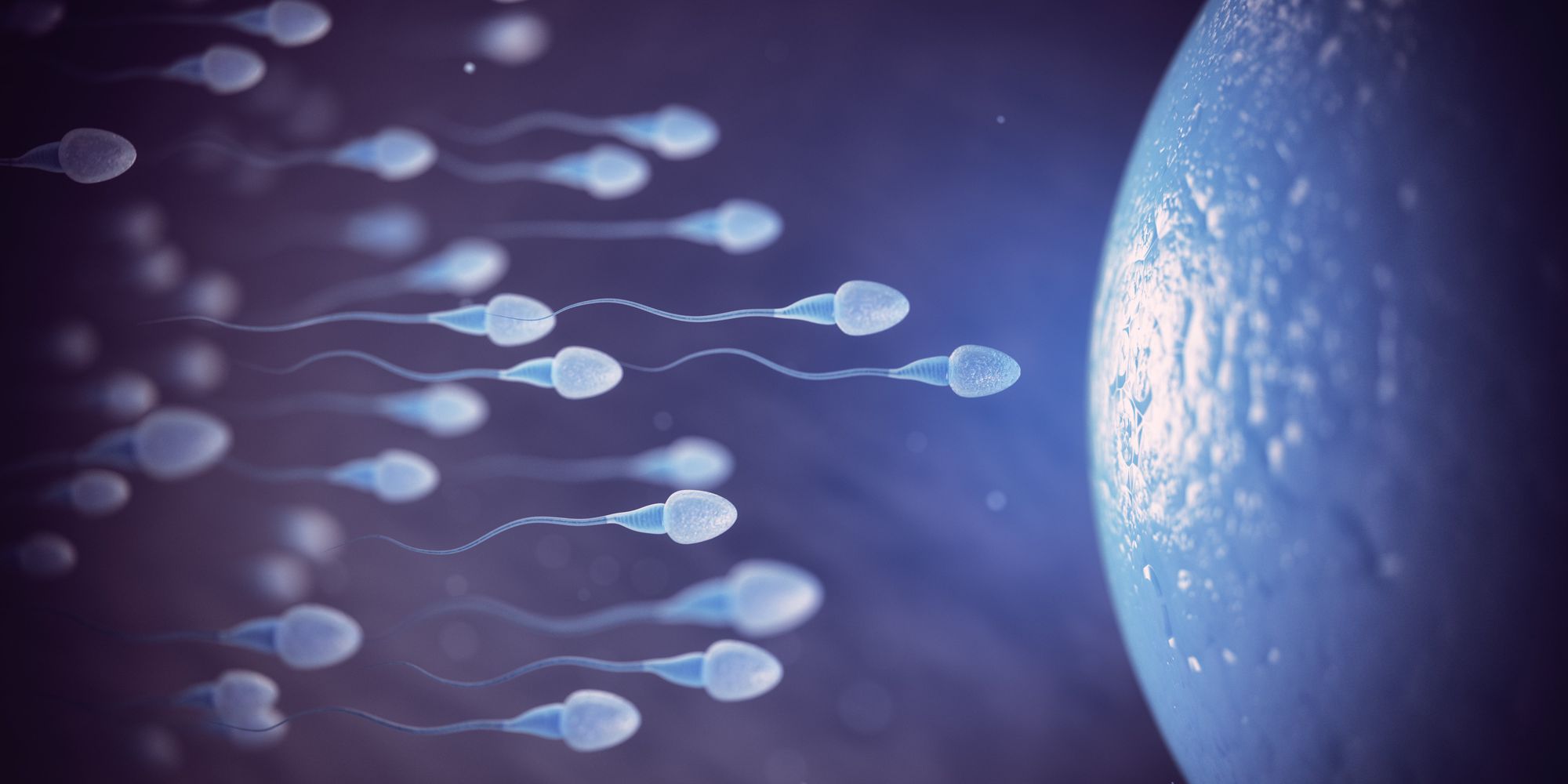
Thanks to innovation, assisted reproductive technology (or ART) is now available for couples who have difficulty in conceiving a child. When normal methods of reproduction do not result in conception, science can help couples achieve their dreams of starting a family. Unfortunately, the road to becoming a parent is not as easy as it seems for many people. For millions of couples worldwide, parenthood is a journey that’s fraught with tears and heartache because of their inability to conceive. Infertility issues, in both men and women, are extremely common.
According to the World Health Organization, 186 million individuals and 48 million couples of reproductive age face infertility problems or difficulty in conception. Infertility is best explained as an issue wherein couples do not achieve pregnancy after more than 12 months of ‘trying’ by having sexual intercourse without any form of birth control or protection. People who feel ready and excited to become parents feel frustrated when they try and try again but continually fail to get pregnant.
In this modern world, technological advancements have made it possible for infertile couples to become parents. Numerous types of assisted reproductive technology could aid you and your partner in achieving your dreams of becoming parents. These ART techniques increase the chances of fertilization and pregnancy. Here’s a run-down of assisted reproductive technology:
The Goal of Assisted Reproductive Technology
Assisted reproductive technology refers to various medical or scientific procedures that involve the manipulation of ova or embryos (combined sperm and egg) with the goal of increasing the chances or likelihood of becoming pregnant. ART involves more advanced treatments, and they serve as options for couples who have been unsuccessful with other simpler infertility treatments like hormonal therapy. Fertility treatments manipulating the sperm like intrauterine insemination do not fall under ART. Moreover, procedures that only stimulate the ovaries for ovulation without egg retrieval also do not fall under ART.
Assisted reproductive technology may result in a multifetal pregnancy (possiblity of twins, triplets, and higher-order multiples), so it is important to discuss these details with your fertility specialist and healthcare provider as this increases the risk for both the mother and the babies. For some couples with a high risk of genetic defects, they choose medically assisted reproduction to avoid any genetic malformations or health issues in the child and complicated pregnancy.
With the aid of technology, preimplantation genetic testing (PGT) can be done or the embryo can be tested for any genetic defects before being transferred and implanted into the mother’s womb. However, for some parts of the world, access to these fertility services may be challenging because of the high costs, limited insurance coverage, or even lack of tech resources. Thus, it is important to discuss the various infertility treatment options that are available with your doctor.
The Most Common Type of Assisted Reproductive Technology
There are various techniques of assisted reproductive technology. A fertility specialist will recommend the most suitable method based on the couple’s unique circumstances or unique challenges. The most common type of assisted reproductive technology is IVF or In Vitro Fertilization combined with ET or Embryo Transfer. IVF-ET is a popular and effective method for treating infertility due to complex causes like endometriosis, tubal dysfunction, oligospermia, sperm antibodies, and other factors of unexplained infertility.

IVF Success Rates
According to the Society for Assisted Reproductive Technology, these two methods combined account for 99% of assisted reproductive technology cycles. Notably, the Center for Disease Control (CDC) lists the 2019 success rates of IVF for people using their own eggs. Success rates are the following:
- Aged 35 or younger: 52.7%
- Aged 35–37: 38.0%
- Aged 38–40: 24.4%
- Over the age of 40: 7.9%
Procedural Steps for IVF-ET
In an IVF, a type of ART, a doctor will extract eggs and fertilize them in the laboratory with the sperm. The fertilized embryos are then transferred into the mother’s uterus or a surrogate’s womb, depending on the circumstances. The IVF procedure involves the following:
- Ovarian Stimulation: A specialist will perform a controlled ovarian stimulation using gonadotropins alone or gonadotropins (hormones) combined with clomiphene (medication to induce ovulation or egg production) in women to trigger follicular maturation and ovulation.
- Oocyte Retrieval: After a period of time, the oocytes or eggs are retrieved via direct needle puncture in the follicle with the aid of transvaginal ultrasound. A donor egg could also be used.
- Fertilization: The harvested oocytes are inseminated in vitro using prepared semen samples from the father or a donor. Intracytoplasmic sperm injection (ICSI) may be used if the male has abnormal spermatogenesis (could be either one of the reasons, such as reduced sperm count,reduced sperm motility or reduced percentage of sperm with normal morphology). This means the sperm is injected individually into each oocyte.
- Embryo Culture: Once the sperm is combined with the oocyte, it is cultured for two to five days until it’s fertilized.
- Transferring Embryos: Once fertilized, the resulting embryo is transferred to the uterine cavity. One or several embryos may be transferred, making multifetal pregnancy a strong possibility for IVF. The number of embryos transferred depends on the woman’s age and the likelihood of a successful response. For couples with a high risk, the resulting embryos not transferred into the womb could be frozen in liquid nitrogen for future use. It could be used for a subsequent assisted reproductive technology cycle in case the current cycle does not result in pregnancy or if the couple want to have more kids down the line.
Again, this assisted reproductive technology only increases your chances of fertilization and pregnancy. IVF results are not guaranteed, with some people needing more than one IVF cycle before there’s a positive pregnancy outcome. Some people may also not conceive with IVF at all.
Side Effects of IVF
Possible side effects are multiple embryos implanting, resulting in multifetal pregnancy, effects from fertility drugs like ovarian hyperstimulation syndrome, or an ectopic pregnancy wherein the embryo implants outside of the womb. Before opting for any procedure, discuss the potential risks with your fertility specialist.
Checking for Hereditary Disorders
Currently, an estimated 200,000 babies are born annually using IVF-ET. Preimplantation genetic testing (PGT) can be done on the cells of an oocyte or the embryo itself to check for serious hereditary or genetic disorders if there is a strong risk of genetic anomalies based on family history.
Moreover, couples who are family planning could do genetic screening with a CircleDNA test where 163 conditions are tested to rule out any potential health issues in the embryo. This comprehensive test provides reports on disease risks, along with the probability of you and your partner carrying a disease-causing genetic mutation as this increases the risk of passing down a genetic disorder or health condition to your kids.
Other Types of Assisted Reproductive Technology
Apart from IVF, there are other types of assisted reproductive technology techniques used today. Some of these ART techniques could be similar to IVF but rely on laparoscopic surgery to transfer the gametes (both sperm and egg) back to the fallopian tubes. However, these techniques are only alternatives to IVF because IVF success rates have increased and IVF does not require any surgical incisions. Moreover, other methods are not as common as IVF because they could be more costly or not covered by insurance. And most of them don’t provide as much useful information about embryo development compared to IVF.
Just like IVF, alternative intrafallopian tube transfer methods could result in a multifetal pregnancy. In addition, laparoscopic surgery has a higher risk because incisions could result in complications like organ puncture, infection, or side effects from anesthesia. Due to higher costs and risks associated with some of these ART procedures, there is limited data on some of the procedure’s success rates. Some of these procedures are:

GIFT or Gamete Intrafallopian Transfer
GIFT is an assisted reproductive technology procedure that collects both gametes in a tube. There is no IVF procedure, and the couples do not have to choose which embryo to transfer. Women with ovary issues can elect to have a donor egg. In this procedure, the gametes are directly placed into the fallopian tubes with laparoscopic surgery. The fallopian tubes are where fertilization occurs and not in a petri dish so it is said to be somehow closer to natural conception. Hence, some people prefer this due to religious considerations. Birth rates per cycle of this ART procedure are around 23%.
ZIFT or Zygote Intrafallopian Transfer
This is a combination of IVF and GIFT where doctors stimulate and collect eggs using the same IVF methods. They mix the eggs with the sperm in the laboratory before returning the fertilized eggs, also known as zygotes, to the fallopian tubes rather than the uterus. Again, laparoscopic surgery is used. This could help those with severe infertility issues or those with damaged fallopian tubes to get pregnant.
PROST or Pronuclear Stage Tubal Transfer
This method is somewhat similar to the ZIFT technique. However, this entails the transfer of an already fertilized egg to the tubes before cell division occurs.
ICSI or Intracytoplasmic Sperm Injection
This is a procedure done in conjunction with IVF to help fertilize an egg. It is typically an add-on procedure so it costs more than IVF. A specialist uses a minute needle to inject one sperm into an egg, then the culture, fertilization, and implantation proceed in the same manner as IVF. It is an effective assisted reproductive technology method for people with sperm-related infertility or severe sperm disorder. Possible side effects include an increased risk of birth defects due to damage to the sperm, egg, or embryo because of the injection. The egg is also not guaranteed to form into an embryo after the egg is injected with the sperm.
3rd-Party ART
When IVF has repeatedly failed due to problems with producing an egg or sperm, individuals may choose to use third-party assisted reproductive techniques. It could either come from a donated egg, sperm, or embryo, depending on the circumstances of the couple. This ART technique could also include gestational carriers or surrogates when the mother has problems carrying the pregnancy to full term. This method could be more costly than traditional IVF and issues of rightful parentage may crop up with surrogate motherhood.

Some Considerations When Trying Assisted Reproductive Technology
Many types of assisted reproductive technology are available for couples who suffer from infertility. The success rates of these ART techniques hinge on many factors from age of the prospective parents to their specific reproductive issues.
Every couple who elects to undergo assisted reproductive technology must prepare themselves physically, mentally, and financially. In some countries, only one cycle of ART could be covered by insurance. If you are determined to have your own child, check out the cost details involved in the various procedures. A reproductive specialist will suggest treatments based on your unique situation while weighing the potential benefits, risks, and costs of each procedure.
If you and your partner are set to undergo ART, prepare yourself physically by making dietary changes such as taking recommended supplements like folic acid. Specialists also recommend incorporating exercise, quitting smoking, and decreasing alcohol and caffeine intake. You and your partner may be asked to make lifestyle changes to ensure optimal wellness as this gives you the best chance possible of conceiving a child.
Furthermore, you must prepare yourself mentally, because ART techniques only increase your likelihood of fertilizing an embryo, but do not provide any sort of 100% guarantees of successful pregnancy.
Although assisted reproductive technologies offer hope to those who struggle with infertility, failure in getting pregnant is still a possibility. Manage your expectations when seeking out ART to treat infertility. Approach it as a possibility, not a sure thing.
References
- Infertility (World Health Organization) https://www.who.int/health-topics/infertility
- Assisted Reproductive Technology (ART) Techniques (Meaghan Jain and Manvinder Singh) https://www.ncbi.nlm.nih.gov/books/NBK576409/
- IVF Success Rates with SART (Society of Assisted Reproductive Technology) https://www.sart.org/patients/a-patients-guide-to-assisted-reproductive-technology/general-information/assisted-reproductive-technologies/
- Assisted Reproductive Technology Data (Center for Disease Control) https://nccd.cdc.gov/drh_art/rdPage.aspx?rdReport=DRH_ART.ClinicInfo&rdRequestForward=True&ClinicId=9999&ShowNational=1
- Assisted Reproductive Techniques (MSD Manual) https://www.msdmanuals.com/professional/gynecology-and-obstetrics/infertility/assisted-reproductive-techniques
- Gamete and Zygote Intrafallopian Tube Transfer (Peace Health) https://www.peacehealth.org/medical-topics/id/hw202763







Comments are closed.